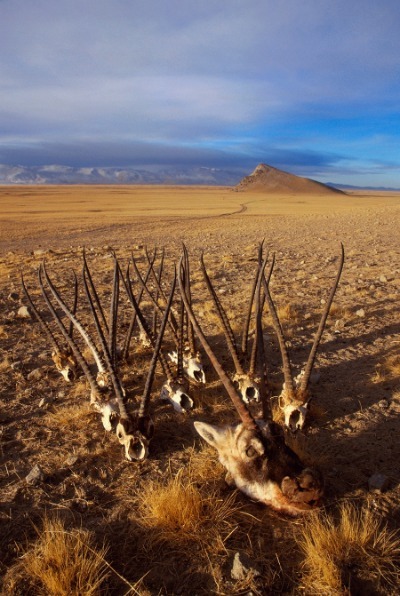A call for help from a feathered friend
 0 Comment(s)
0 Comment(s) Print
Print E-mail China Daily, February 22, 2020
E-mail China Daily, February 22, 2020

In 1992 Xi left Animal World and followed the Yunnan golden monkey research team, a three-year project by the World Wide Fund for Nature deep into the Baima Snow Mountain National Nature Reserve to shoot golden snub-nosed monkeys.
After three years of hard work he filmed the documentary Mystery Yunnan Snub-Nosed Monkey. These hauntingly beautiful primates, gentler than others of their kind and elfin-like, seem at once childlike and wise beyond their years.
It was the first time that humans had recorded the activities of Yunnan snub-nosed monkeys with a camera. The documentary is not only of important academic value, but has been praised for its artistic value and was later used as teaching material for environmental education in college classes. The film won the TVE award at the prestigious Wildscreen Festival in Bristol, England, in 2002.
After gaining fame with the film, Xi, started working on another documentary, Mystery Monkeys of Shangri-La, in 2012. It depicts a monkey family led by a formidable elderly leader that protects its eight or 10 clans against the hardships in the Himalayas using defensive strategies, collaboration and interdependence to survive. The film received an Emmy nomination for Outstanding Nature Programming in 2016.
Xi was born in Dali, Yunnan, a place close to nature, where wolves' howl can be heard at night. He thought that the world should be like what he witnessed in childhood.

In 1997 he entered Hoh Xil Nature Reserve in Qinghai province and photographed newborn lambs in the wild, wild wolves that were adept at swiftly evading the attentions of the camera, wild donkey herds that escaped from the paws of wolves, and direct evidence that Tibetan antelopes had been poached.
"We found 11 places with such corpses, and 89 ewes were killed by poachers, not including unborn lambs."
The scene was shocking, he said.
"In China, to be a wildlife photographer, a desperate love for nature is the minimum you need. You also need to be patient and have strong nerve. You have to be able to face horrific scenes, you have to endure anger, and you have to record and record again."
His records and materials have become a potent weapon in promoting protection of Tibetan antelopes, and thanks to his work, care for protecting the Tibetan antelope has traveled well past China's borders.
The Chinese Wildlife Photography Training Camp that Xi set up 15 years ago has become the Natural Image School, its aim being to cultivate more wildlife photographers to make the best nature movies in China. The Cangshan Mountain Nature Education Center, which he set up in 2016, is located at an altitude of 3,800 meters in Dali, Yunnan.
There is more to photography than just taking pictures, Xi said. "Photography is a tool, a powerful weapon for nature conservation. But you have to be a good photographer in order to make images strike a chord with the softest spot of one's heart."
Xi and his wife Shi, on average make 50 to 60 public speeches a year around the globe to promote their causes, and they are trying every new alternative venue such as the peacock stage play to help get their message across.






Go to Forum >>0 Comment(s)